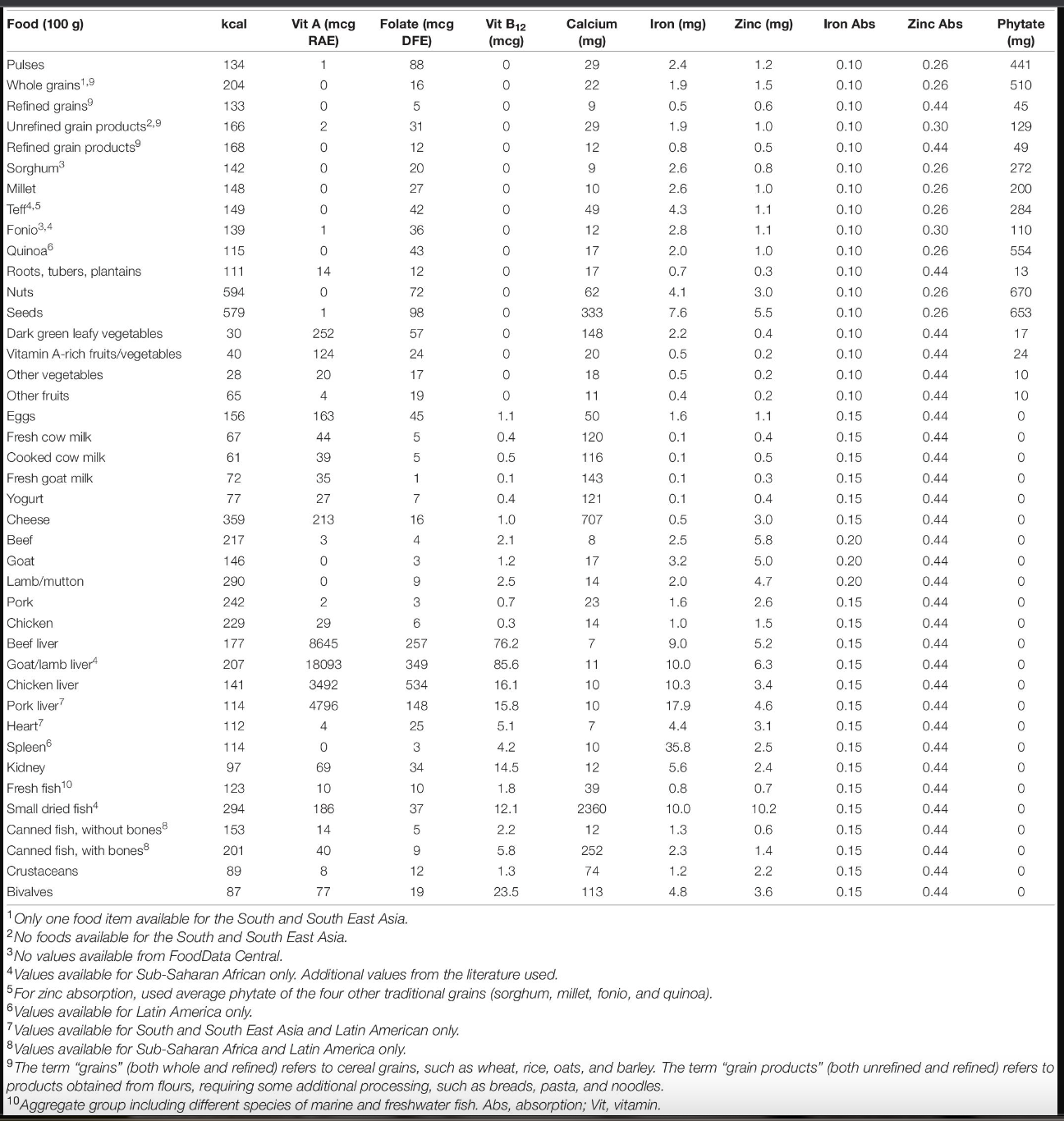Choosing Nutrient Density... Government Advice VS The Science
The term “nutrient density” is thrown around a lot, but I find it to be frequently misused. For example, the most recent version of the Dietary Guidelines for Americans included an embarrassing infographic featuring vegetable oil as a supposed more nutrient-dense option to butter. And their other suggestions around grains and yogurt are only slightly more nutrient dense, focusing on reducing sugar and fat. Reducing the sugar is a good idea, but reducing the natural fats found in animal products? Not so much.
Are the food swaps more nutrient dense? Only slightly. What are the most nutrient dense foods you ask? Animal products, by far! This study assessed foods highest in vitamin A, folate, vitamin B12, calcium, iron, and zinc while comparing these foods against the micronutrient needs of various populations, including women of reproductive age.
They identified the following foods with very high micronutrient density: organs (like liver and heart), small dried fish, dark green leafy vegetables, bivalve shellfish (clams, mussels, and oysters), crustaceans, goat, beef, eggs, milk, canned fish with bones, lamb/mutton, and cheese. Animal foods are, and always have been, the most concentrated sources of nutrients.
The other benefit of eating animal-based besides nutrient density and satiation, is that it also promotes stable blood sugar control and reduces foods that promote insulin spikes. We believe insulin sensitivity is the single most important metric to consider when thinking about your risk of chronic diseases such as diabetes, cancer, cardiovascular disease etc... If you get your fasting insulin measured - it should be less than 5 and ideally around 3.




